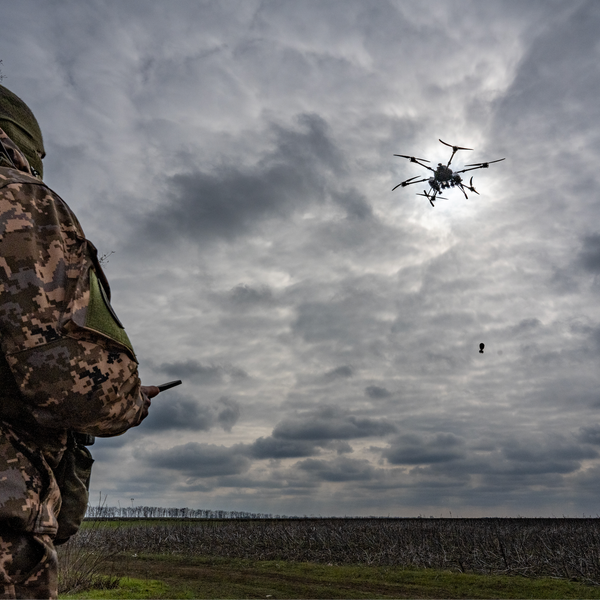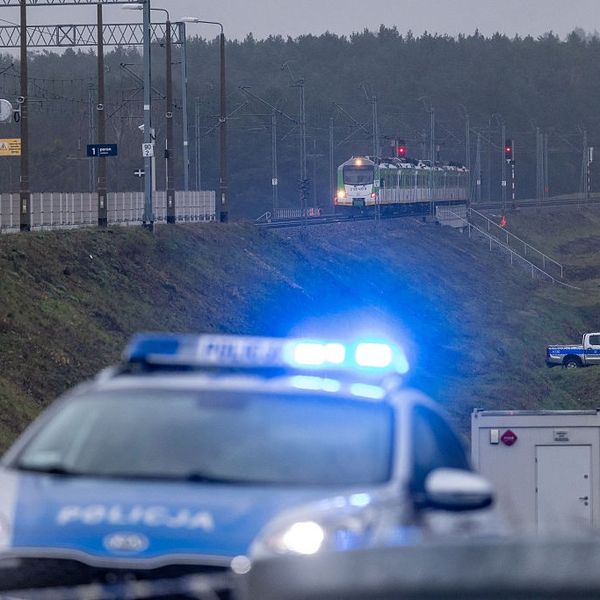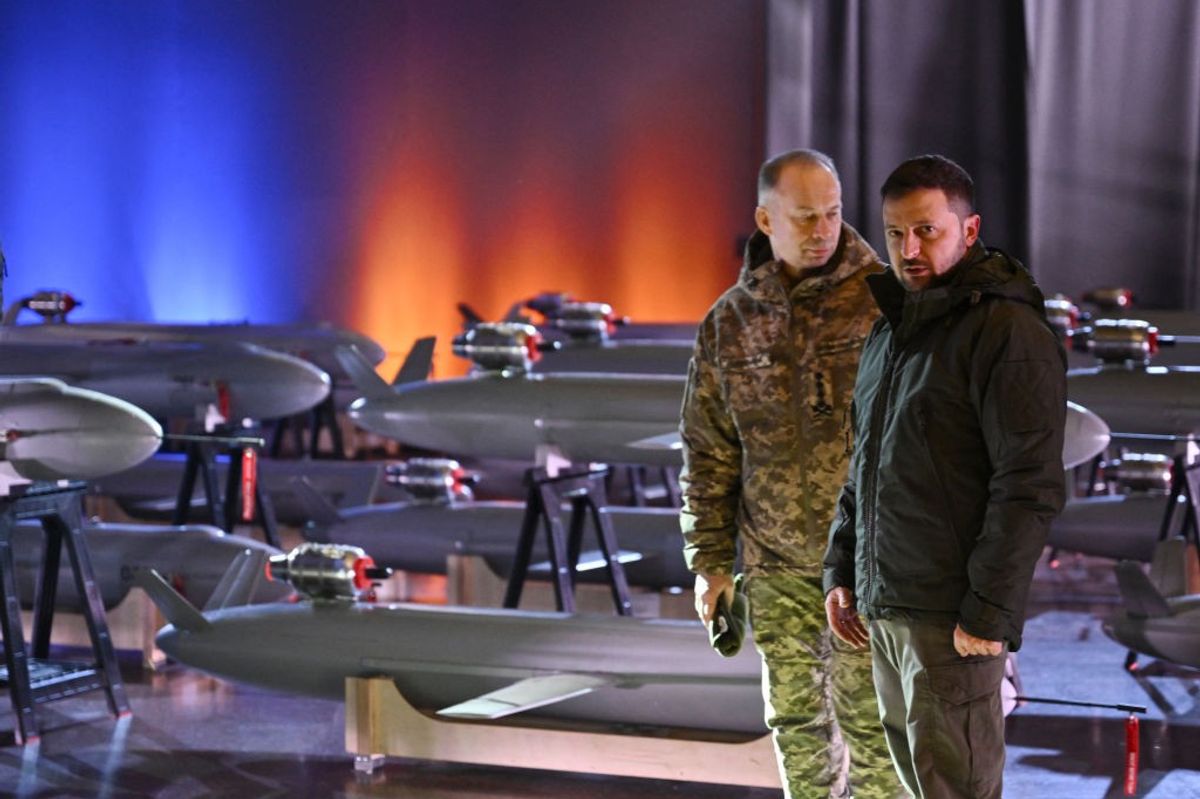Bottom Line Up Front
- After the well-documented Russian disinformation and influence campaign in the 2016 U.S. presidential election, some elements of the U.S. government and defense establishment are taking significant steps to prevent a similar event in 2020.
- After successfully thwarting online influence operations prior to the 2018 U.S. midterm elections, U.S. Cyber Command is focused on the 2020 presidential elections.
- U.S. Cyber Command is also helping other countries protect their own elections against Russian meddling, interference, and disinformation.
- Defending the integrity of elections consumes vast resources and requires coordination across government and with private entities and public utilities.
In an effort to learn from the failure to protect the integrity of the 2016 U.S. presidential election, elements of the U.S government are determined to avoid a repeat of the Russian-backed campaign of disinformation and malign influence. In the lead up to 2016, Russian accounts on Twitter and Facebook amplified anger and conspiracy theories that found fertile ground among American voters. 'Fake News’ and 'Alternative Facts’ dominated social media, amplified by Russia’s Internet Research Agency and others. As reported in the Washington Post, the U.S. Cyber Command successfully disrupted and deterred similar attempts to influence the midterm elections in October 2018. This was accomplished through a range of tactics that included gaining access to foreign networks as well as more straightforward approaches, such as reaching out directly to individuals working for the Internet Research Agency to warn them about interfering in U.S. elections. Another tactic used was temporarily disrupting the networks, preventing adversaries from deploying disinformation to create widespread discord among Americans during election season. Codenamed 'Synthetic Theology,’ the operation was a large-scale effort that involved the National Security Agency (NSA) and other government agencies.
While President Trump continues to deflect, deny, and dismiss credible allegations of Russian interference in the 2016 elections, U.S. government agencies and institutions remain determined to prevent Russian influence operations from once again having widespread impact on American democracy. Russia is perhaps the most persistent and active country in propagating online disinformation campaigns aimed at creating political and social divisions in other countries. E.U. member states are a constant target for Moscow, which crafted a relentless disinformation campaign designed to create confusion surrounding the Brexit vote to leave the European Union, amplifying anti-E.U. sentiment and spreading false claims about the implications of leaving the E.U.
One of the more powerful tools used by Cyber Command is the ability to operate inside the networks of other countries. Cyber Command works with countries targeted by Russia’s disinformation campaigns and combs through those countries’ networks to identify potential areas of vulnerability and suggest courses of action to help inoculate themselves against the threat. The information gleaned during these operations can be invaluable, and depending on the sensitivity of the data, is passed along to other countries as well as private firms in an attempt to identify and guard against specific Russian tactics and technical exploits. In 2018, Congress passed a law that gave Cyber Command the authority to operate in the networks of non-Department of Defense agencies overseas, greatly expanding the potential for cooperation with countries desperately in need of world-class technical assistance and best practices on network defense and guarding against exploitation.
When it comes to protecting U.S. elections, the American government needs to call upon agencies like the National Security Agency (NSA) and Cyber Command to bring to bear world-class capabilities in network defense and cybersecurity. While presidential elections are national, they are handled at the local and state level. Coordinating among all 50 states with different technical voting systems is an arduous task that can only be accomplished with the proper allocation of resources and manpower.











